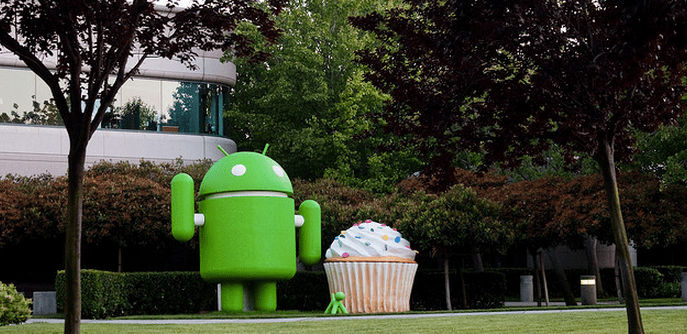Huawei this morning announced that it has changed its mind and will not release a dual-OS handset with both Android and Windows Phone in “the near future.” This is a reversal of its previous strategy to build and sell such a device, with the company indicating that it would go on sale in the second quarter of this year.
Still, Huawei claims to have an “open approach towards mobile operating systems” to provide “choice for consumers.” That means that Windows Phone is still on the table for the OEM, a boon for Microsoft.
Let’s be frank: Putting Windows Phone and Android together on a single device was batty. Here’s ZDNet’s Mary Jo Foley on the news when rumors first began to spread:
Is there anyone out there — phone user, developer, OEM — that sees something I’m missing? Is there some reason this dual-boot Android-Windows Phone OS idea makes sense on any level? I’m all ears….
When I first quoted that bit of Foley, I was skeptical of the plan. What would consumers receive as benefit for the added complexity? What consumer actually wanted both, and wanted to switch between the two — perhaps a Windows Phone user who also wanted Uber? There were perhaps a few edge cases, but hardly enough to warrant such a device to be built.
Huawei is not the only company to back down from the idea of mixing operating systems on a single device. Asustek has stepped down its plans to blend Windows 8.1 and Android, a change of heart that the Wall Street Journal said came after “pressure from Google and Microsoft.”
Popping two operating systems onto a single device might be a way for an OEM to differentiate its products from other manufactures. But it seems that the platform companies currently locked in a war aren’t so big on watching their edges blur.
IMAGE BY FLICKR USER Kenneth Lu UNDER CC BY 2.0 LICENSE (IMAGE HAS BEEN CROPPED)
